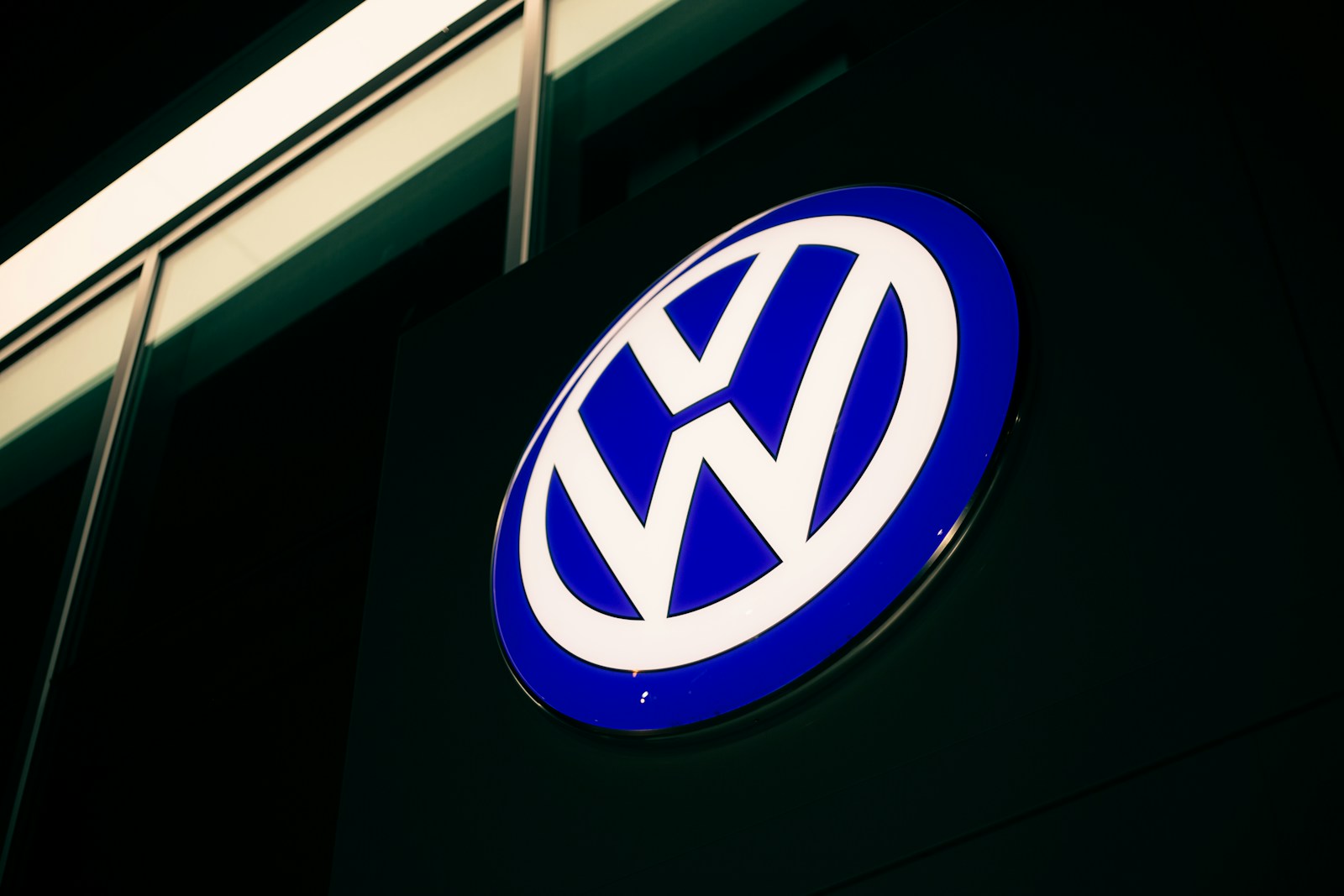Key Takeaways:
– VW Group and worker representatives have agreed that 35,000 jobs will be cut in Germany by 2030.
– The job cuts will be executed through retirements and voluntary measures.
– The company assured there will be no forced layoffs till 2030 and no plant closures in Germany.
– Considerable savings will be achieved through efficiency drives across plants and reductions in Research & Development teams.
Volkswagen’s Approach to Job Cuts
Volkswagen Group (VW Group) has confirmed an agreement reached with its workforce representatives to reduce its employee count by up to 35,000 in Germany. This move will be executed by 2030, utilizing voluntary measures and retiring personnel to avert any possibilities of strikes or employee dissatisfaction.
The job-cut agreement ensures that no compulsory layoffs will occur until 2030, a promising assurance for VW Group’s staff. Additionally, the company has taken a firm stand on no plant closures within German borders for the coming years. The VW Group has a mammoth workforce in Germany, topping over 120,000 employees. Fears of the potential closure of several manufacturing plants had emerged earlier during the discussions.
Temporary Pause in Transparent Factory Operations
The Transparent Factory, located in Dresden, Germany and well-known for VW ID.3 production, will suspend its operations in 2025. The VW Group, however, has clarified that they are actively examining alternatives for this facility which include partnering with third parties. Meanwhile, the Belgian plant managed by the Audi brand of the VW Group is set to halt production in February, impacting the manufacture of the Q8 E-Tron electric SUV.
Financial Implications of the Plan
The job reductions plan is expected to make a significant dent in VW Group’s labor costs resulting in savings of approximately 1.5 billion euros ($1.56 billion) every year. Other strategized structural amendments and reductions in technical development expenses will culminate in annual savings surpassing 4 billion euros ($4.17 billion) in the mid-term. The changes include a planned reduction of capacity production by 734,000 units across German plants.
Shuffling of Vehicle Production
Under this new arrangement, the production of the Volkswagen ID.3, along with the closely related Cupra Born, will shift to VW Group’s central plant in Wolfsburg, Germany – where the iconic Golf model is currently assembled. Furthermore, the assembly of the Golf will move to their Puebla factory in Mexico from 2027, making the whole process leaner – limiting it to two assembly lines from the existing four.
The Wolfsburg plant will also facilitate the assembly of the new electric Mk9 Golf and another yet-to-be-revealed model based on the SSP electric platform later in the decade.
Consolidating Brand-Specific Technical Teams
To drive down development costs, VW Group plans to synchronize its technical development teams for different brands. In future, the same technical team will oversee the development for all VW Group mainstream brands.
Reacting to Changing Market Conditions
This restructuring strategy comes in the wake of dwindling European sales and rising competition, especially from China. VW Group, along with other German automakers, has seen a dip in market share in the crucial Chinese market due to the absence of EV models tailored to local preferences. Previously, VW held a dominating position. This job reduction strategy is a much-needed response to these emerging challenges, ensuring the company’s resilience in the face of shifting automotive markets.

